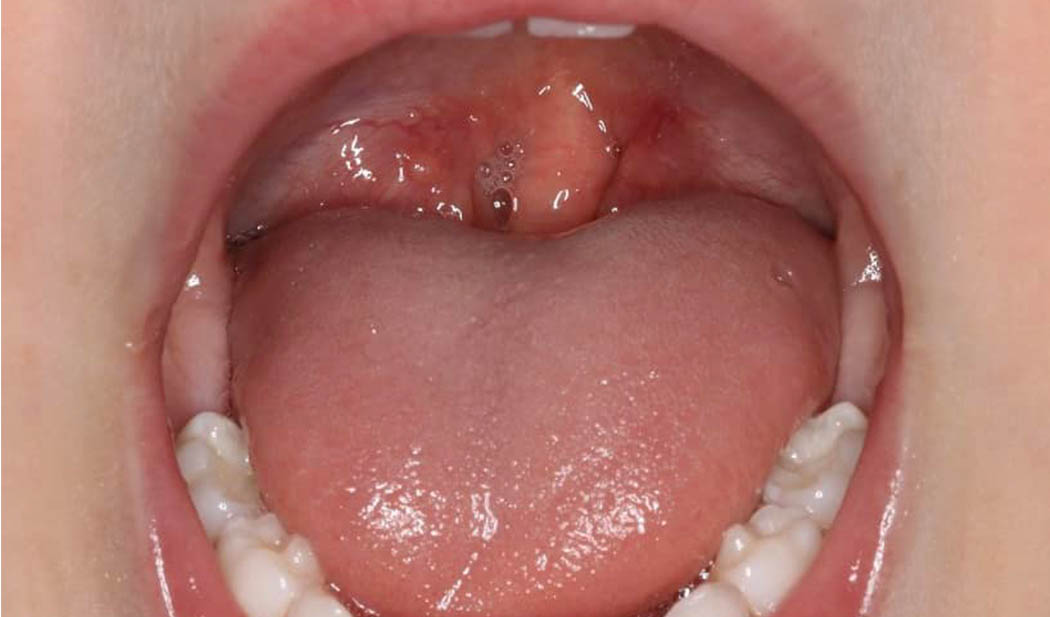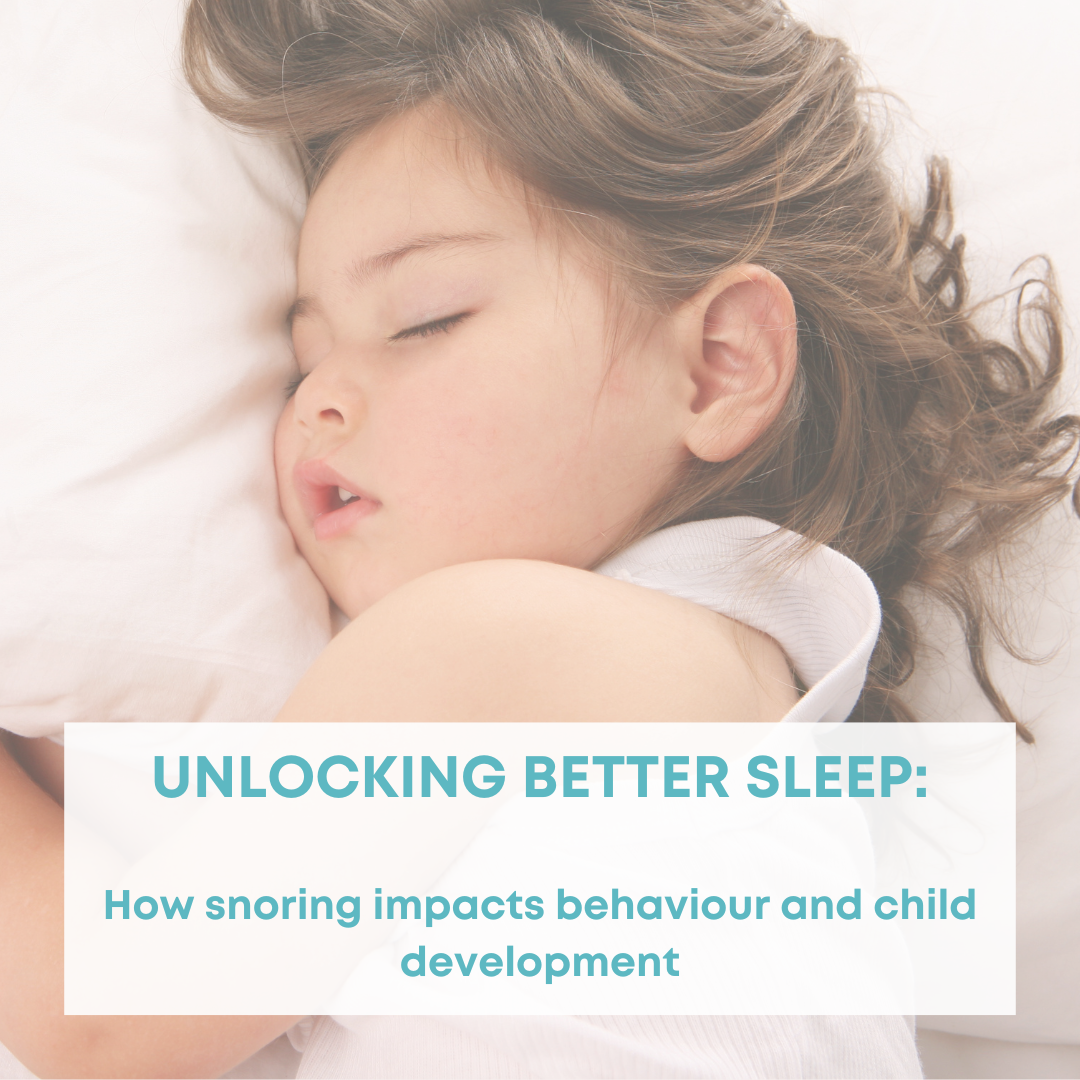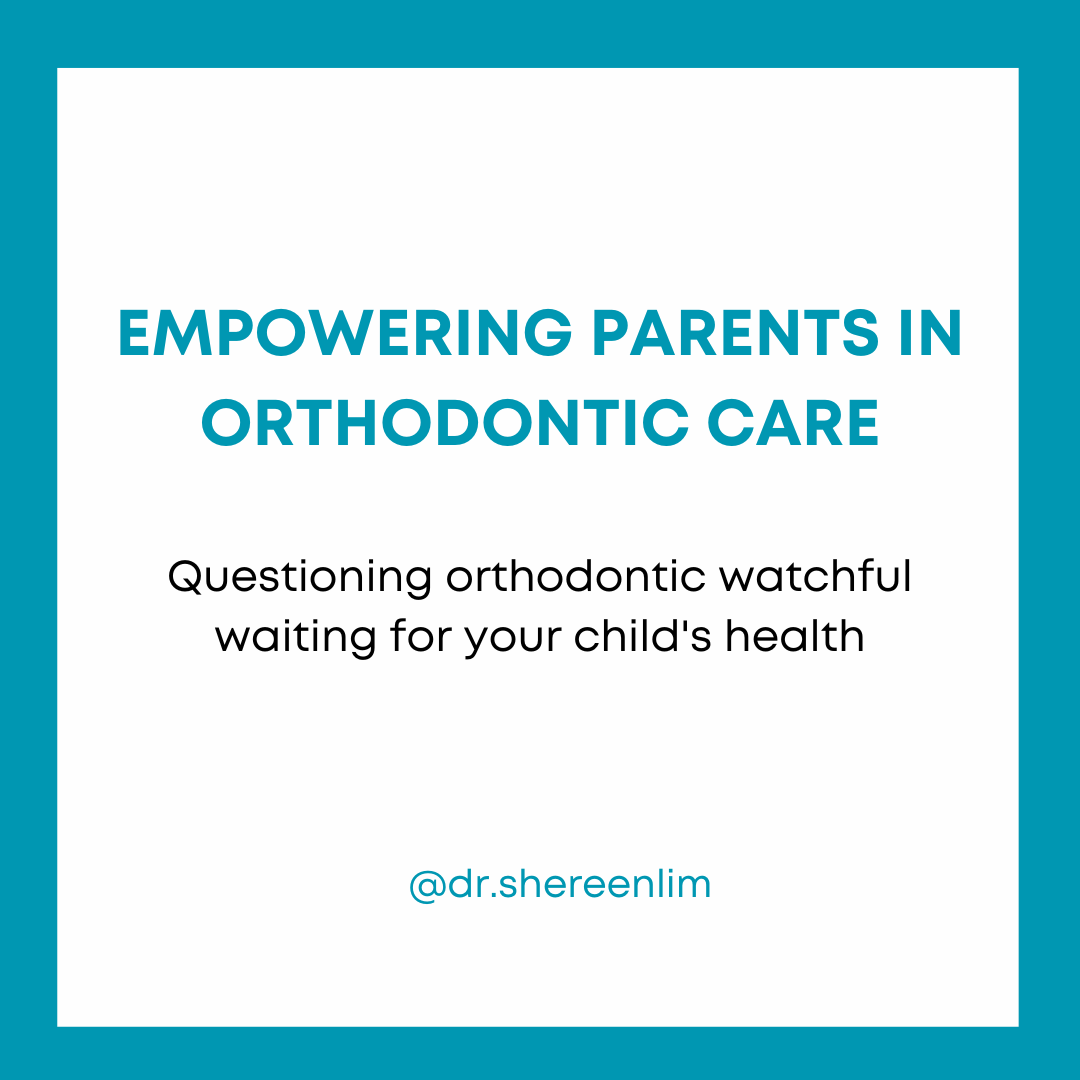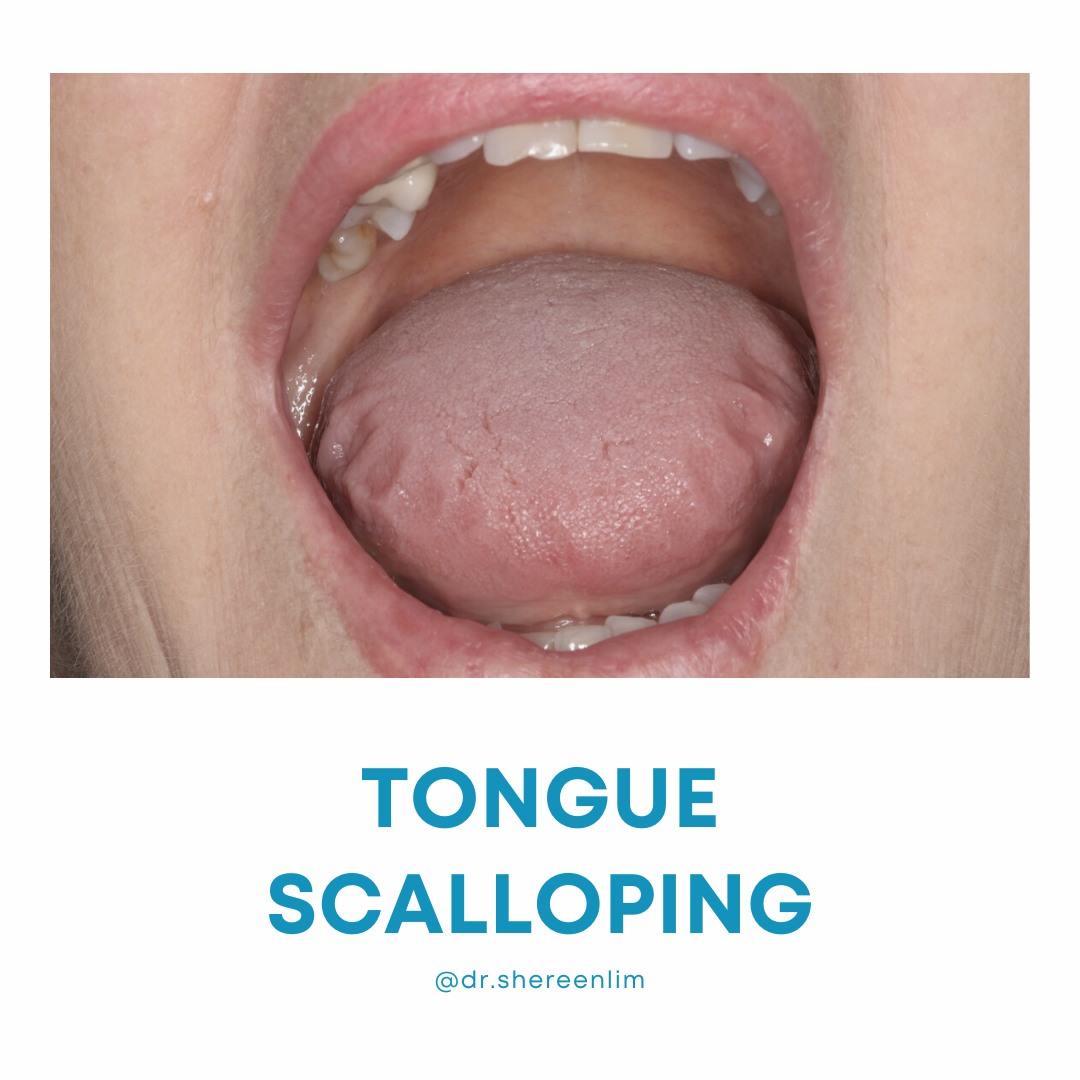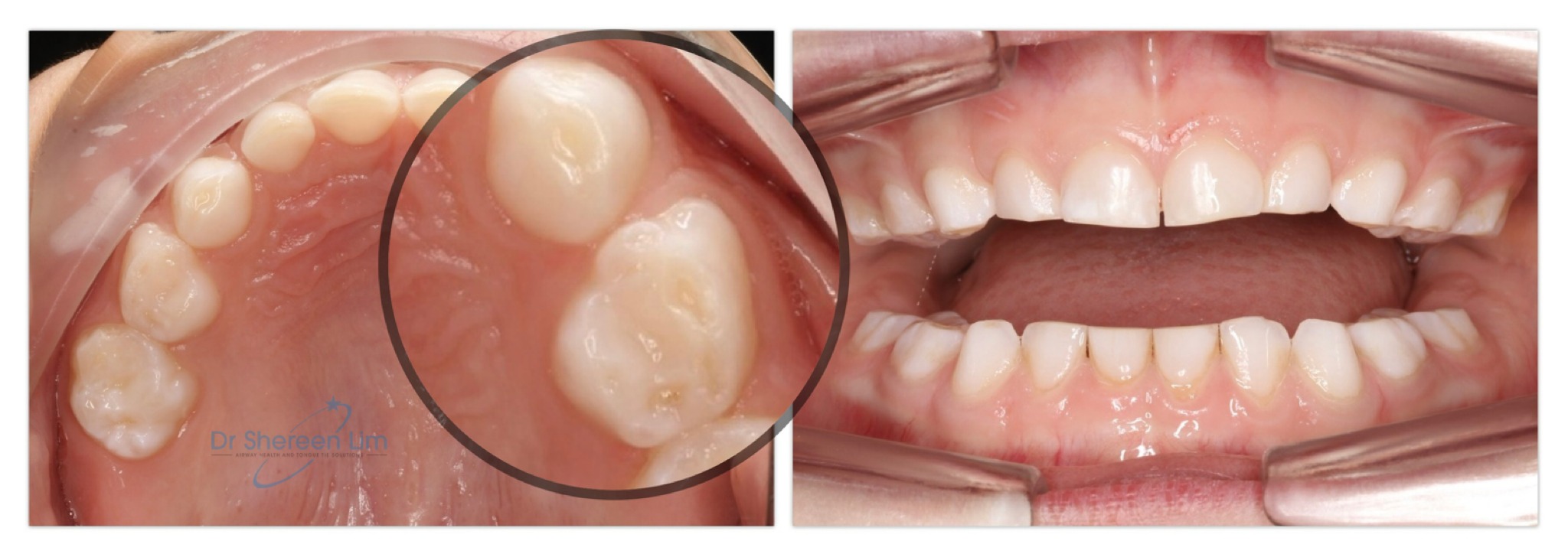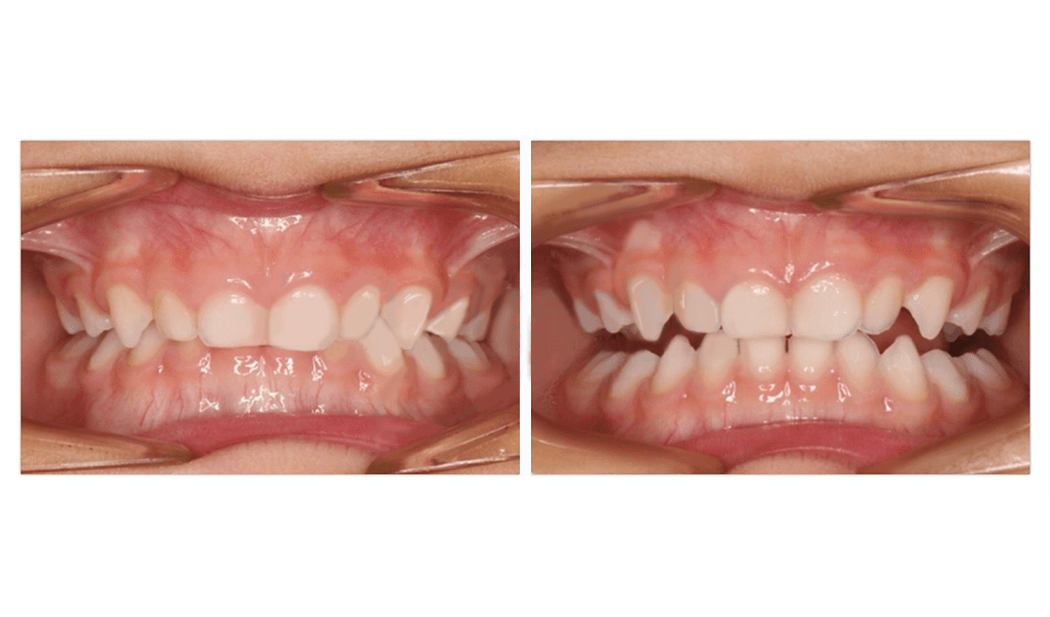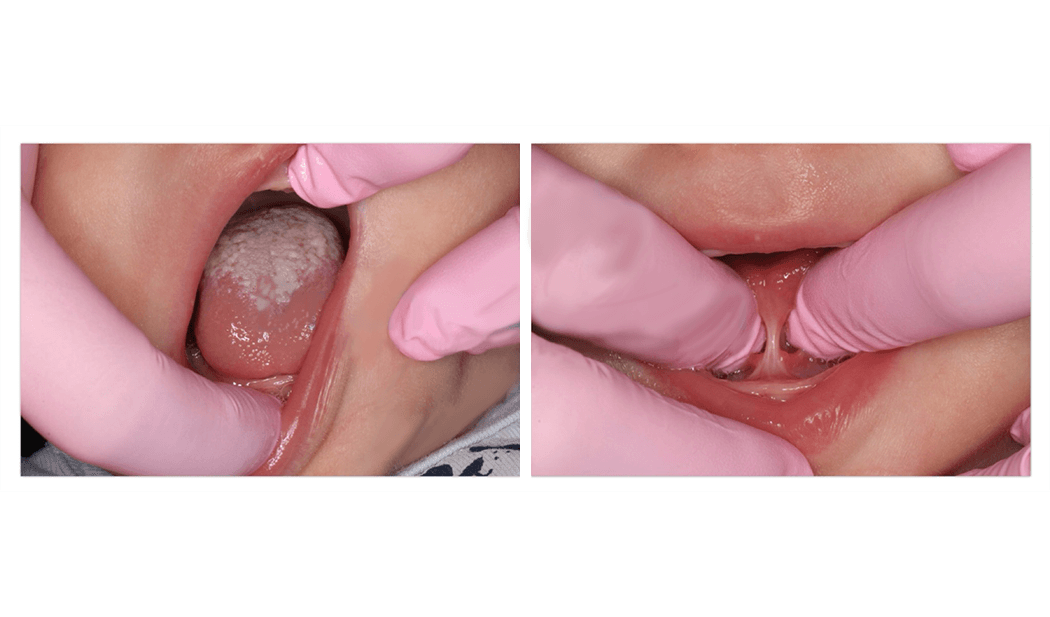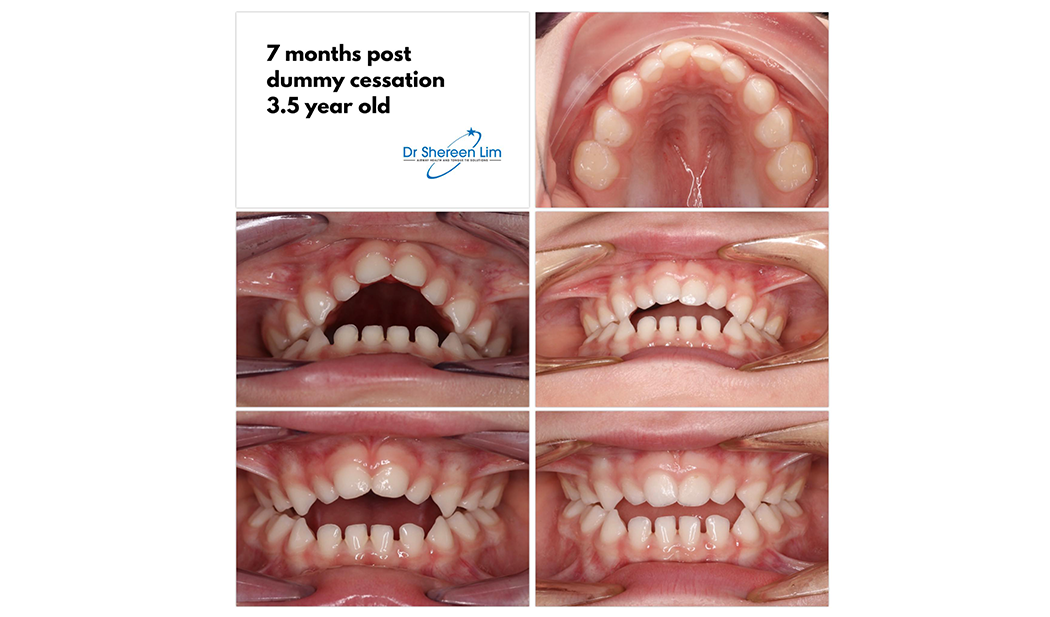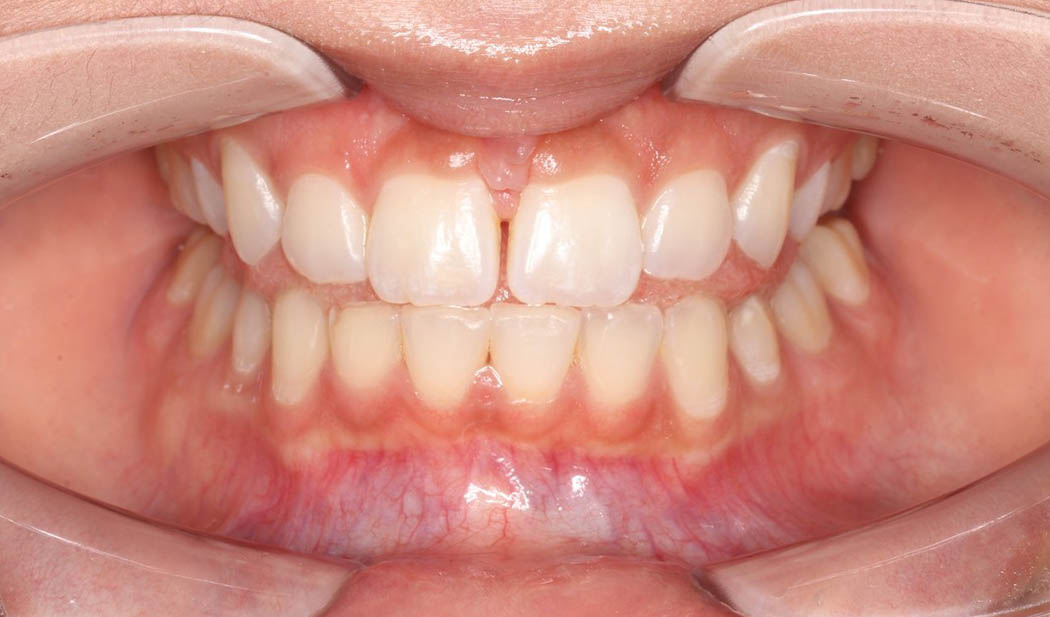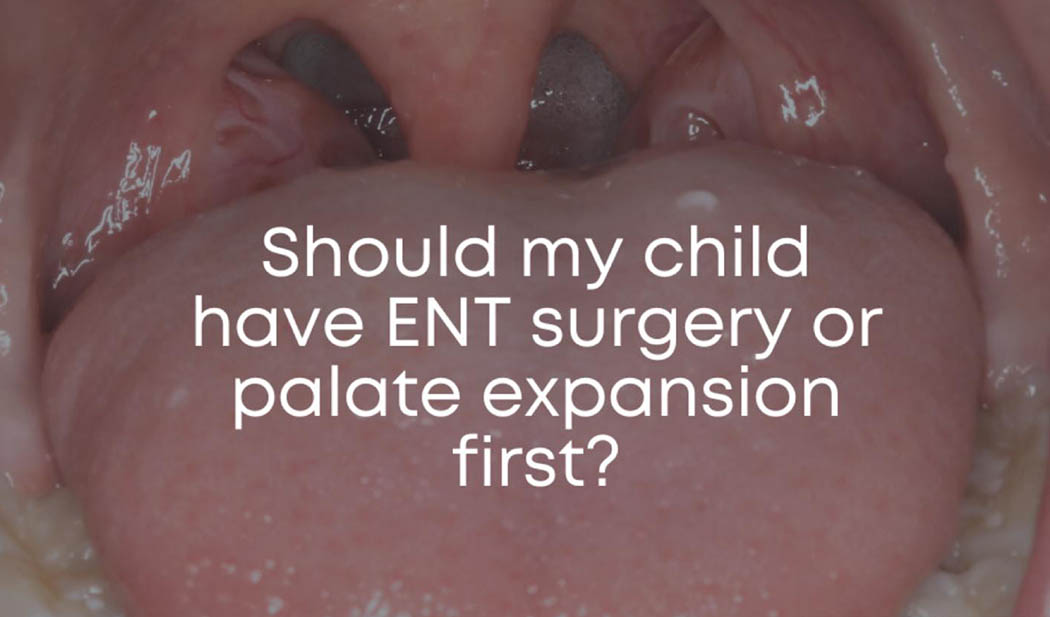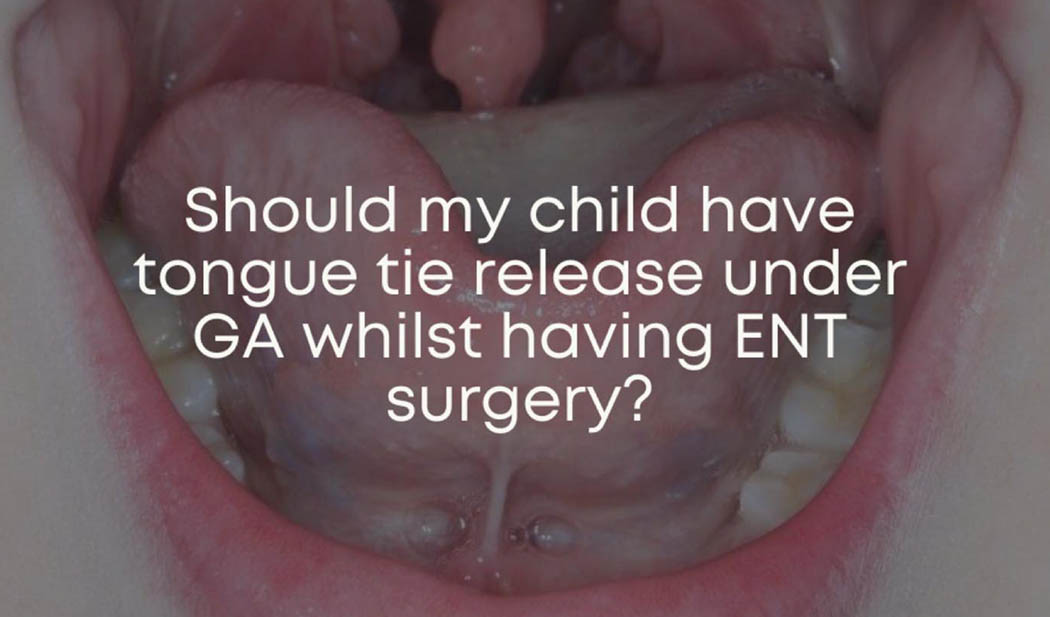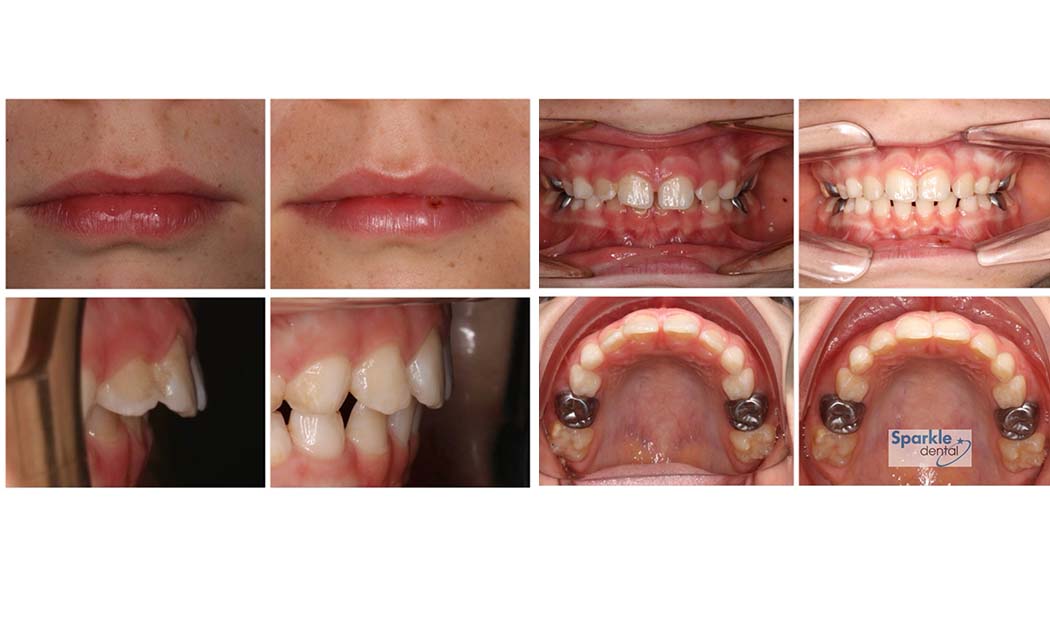Did you know that the most common reason for removing enlarged tonsils is obstructed breathing during sleep, and nothing to do with how many times a child has tonsillitis?
I’m all for avoiding surgery and addressing root causes where possible, but sometimes when the tonsils are completely blocking the throat, it can be more problematic watchfully waiting due to the impact of disturbed breathing and sleep on a child’s development.
Here are signs of disturbed sleep breathing to be aware of:
- Mouth breathing
- Snoring
- Pauses in breathing or gasping
- Neck hyperextension
- Teeth grinding
- Bedwetting
- Unexplained awakenings
- Night terrors
- Feeling unrefreshed on waking
- Being tired or wired through the day
- Difficulties with behaviour or emotional regulation
- Poor attention and concentration
Sometimes, the medical advice is to dismiss obstructive tonsils as there has not been enough episodes of tonsillitis to warrant removal.
However, an ENT specialist with a special interest in sleep and airway will take into account any symptoms of disturbed breathing and unrestorative sleep.
The other important thing to understand is that enlarged tonsils may actually be a symptom of dysfunctional breathing. Whilst most children with kissing tonsils will have an immediate improvement in the above sleep and daytime symptoms, many will still have some residual symptoms, or a recurrence of problems later.
The ultimate end goal should be to secure nasal breathing and airway health, and this most usually will involve addressing multiple risk factors and a team approach to care.
This is explained in greater detail for parents in my book Breathe, Sleep, Thrive. Here is the link to more details about the book if you want to read more:

